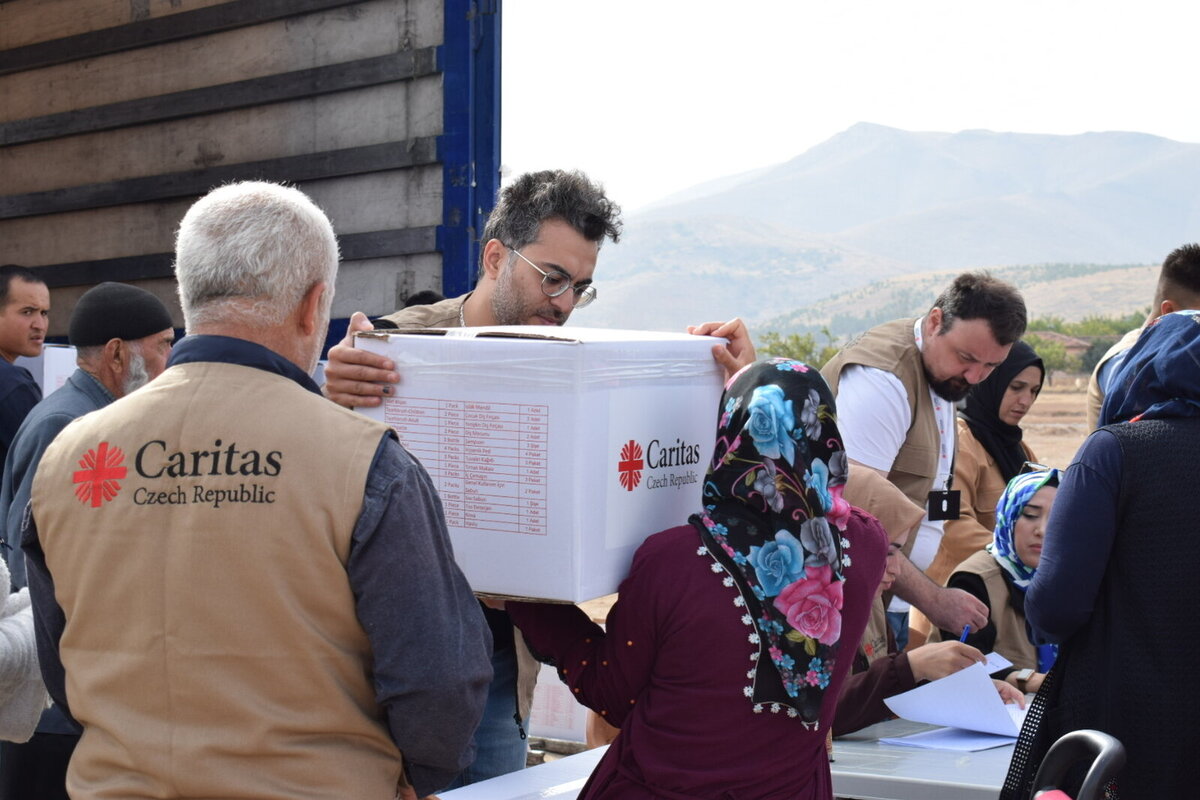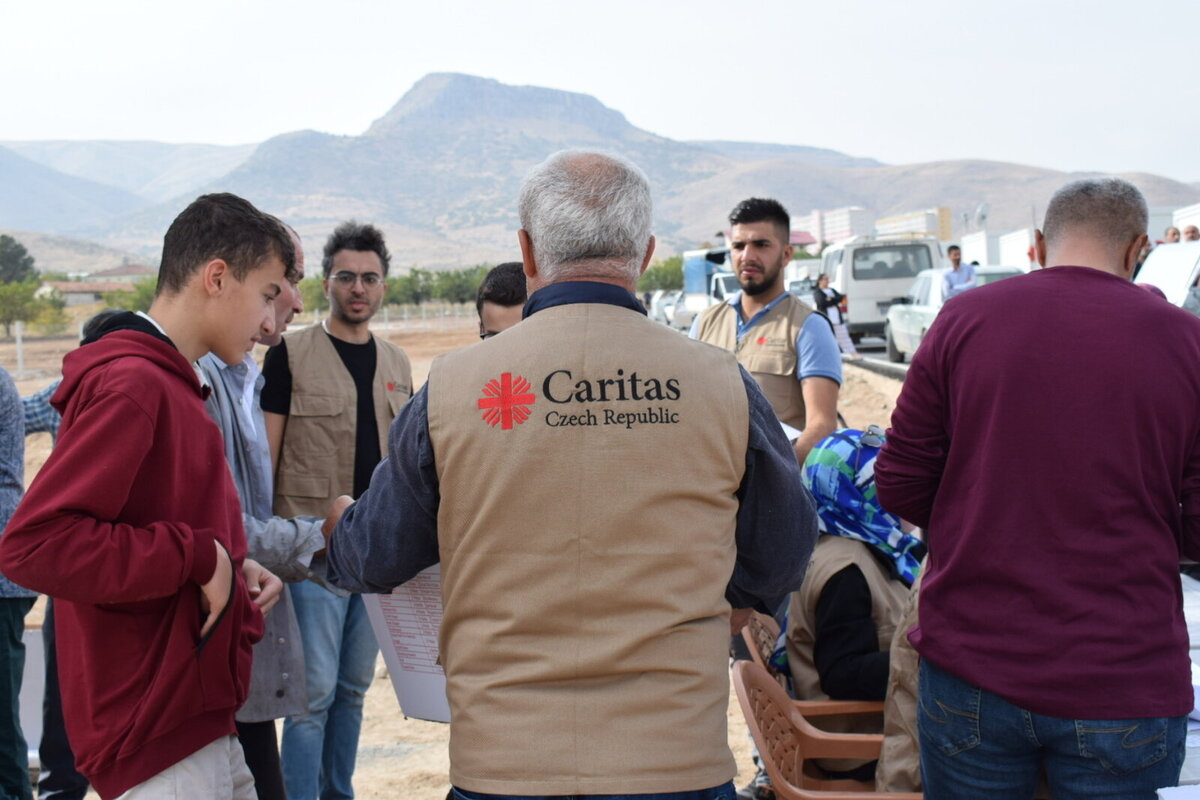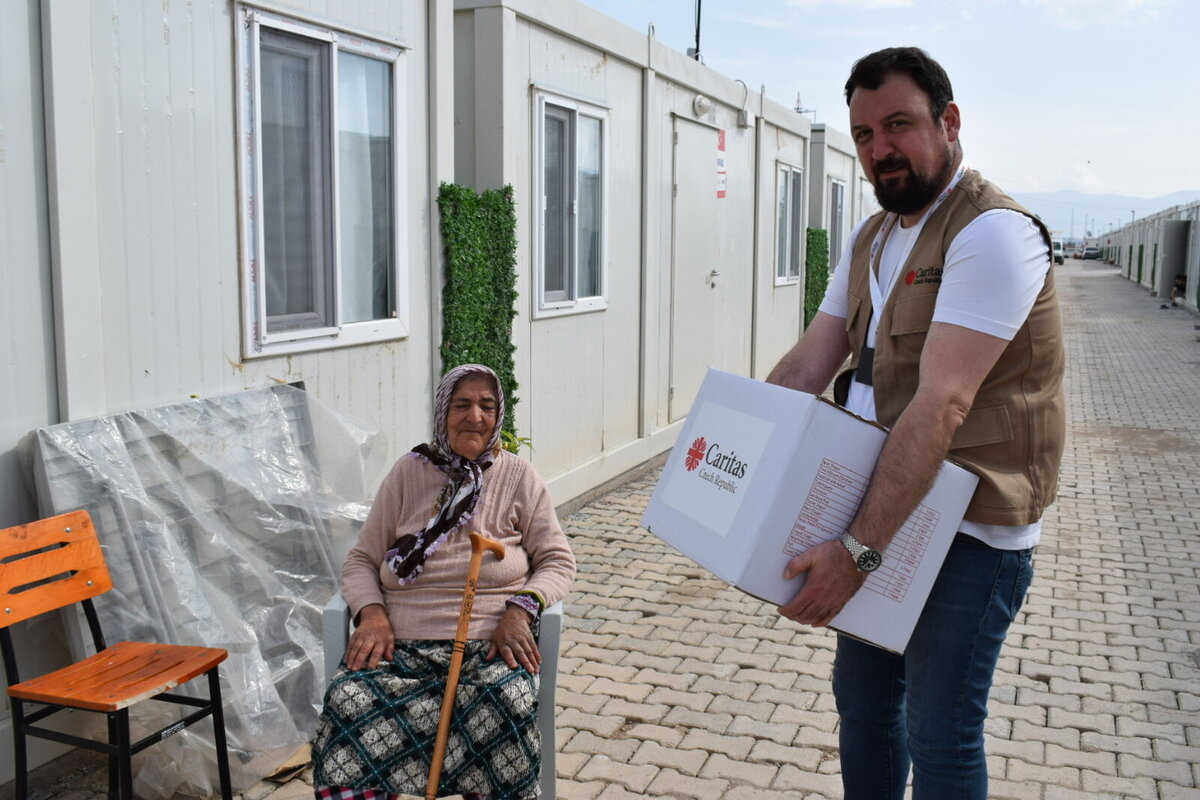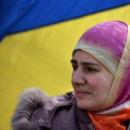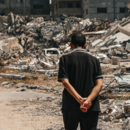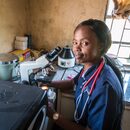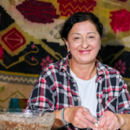It has been exactly two years since one of the most devastating earthquakes in modern history struck southeastern Turkey and northern Syria. Nearly 60,000 people lost their lives, and millions saw their lives turned upside down. How was the immediate aid carried out? How have people managed to cope with the disaster? We spoke with Irena Kara, our colleague in Turkey, about the current situation in the affected areas.
Can you still recall the moment you learned about the earthquake, even after two years? What were your initial reactions?
I remember that moment vividly—I will probably never forget it. At 4 a.m., the phone rang with the news that an earthquake had occurred. At first, I could not believe it. The initial reports mentioned around 50 casualties, which already seemed like a huge number to us. No one could have imagined the true scale of the catastrophe. In the end, nearly 60,000 people lost their lives in Turkey and Syria. The whole country was in shock—not just those directly affected but people across Turkey and even abroad.
What were the immediate needs of the people in the first hours and days? Was aid provided quickly and effectively?
Given the enormous scale of the disaster (the earthquake affected an area a third larger than the Czech Republic), the first hours and days were chaotic. People were desperate, and it was unclear just how extensive the damage was. Many areas were also inaccessible due to the earthquake. Many individuals rushed to help on-site, making large-scale coordination essential.
In the first phase, the most crucial tasks were rescuing people trapped under the rubble and ensuring basic necessities—water, food, warm clothing, and safe shelter—for survivors who had often lost everything. Another key aspect was psychological support—people were traumatised, and some had lost their entire families. Caritas Czech Republic provided aid through local partners in both Turkey and Syria. In Syria, having an established network of local organisations and volunteers was a major advantage, allowing us to respond quickly and effectively. When aid is not coordinated, it becomes chaotic and ineffective.
After natural disasters, we often witness a great wave of solidarity in the Czech Republic. Did Turkey experience a similar outpouring of support?
At first, there was a massive wave of solidarity. People immediately organised collections, sent supplies to affected areas, and helped in any way they could. In Ankara, for example, we brought items to collection points, and it was clear that many people were getting involved. This wave of solidarity might have lasted longer than usual, likely due to the sheer scale of the disaster.
Humanitarian organisations were present from the beginning, not only providing immediate assistance but also ensuring long-term support. While the initial spontaneous solidarity gradually faded, these organisations remained and continue to help today. However, I was surprised by how many individuals chose to stay involved long-term. For example, volunteers with psychological training traveled to affected areas for months to help people cope with trauma. Today, the earthquake is not discussed as much, and only a fraction of those who initially helped remain active. But that is natural.
What does Caritas Czech Republic’s aid in Syria look like two years after the earthquake? Has anything changed with the fall of the Assad regime?
The earthquake hit northwestern Syria the hardest, an area where we had been active for a long time. Even before the disaster, people there had already lost their homes multiple times due to the war, and the earthquake only worsened their situation. Caritas Czech Republic, together with local partners, initially focused on providing basic necessities. Once the situation stabilised somewhat, we shifted our focus to long-term recovery. A major part of our aid included psychological support, especially for children who had experienced immense trauma.
Last year, for example, we repaired water sources damaged by the war to ensure people had access to clean water. It is crucial to involve local residents in the recovery process—whether by providing job opportunities or supporting small businesses. We have helped people set up small shops or workshops so they can support themselves.
The fall of the Assad regime brought hope, but it also triggered another wave of displacement. Many people once again lost their livelihoods, and the country’s infrastructure is in ruins after nearly 14 years of war. The healthcare system is barely functioning, basic services are limited, and rebuilding will take a very long time. That is why we continue to provide aid in Syria, whether in the form of basic necessities, access to clean water, or support for local communities.
Two years is not a long time for recovery, considering the scale of the disaster. Can you still see direct consequences of the earthquake in Turkey?
In the affected areas, the earthquake remains a visible part of life. However, it is not discussed as much anymore—except in Istanbul, where a major earthquake has been anticipated for a long time. There, seismic safety remains a very current issue.
Even though new buildings are being constructed and most of the rubble has been cleared, the greatest challenge remains the trauma caused by the earthquake. Many people, for example, say they never want to live in a multi-story building again because they were trapped under rubble or had to flee in panic. Others refuse to move into new homes because they are built in different locations—some villages had to be relocated for safety reasons. For older people who have spent their entire lives in their villages, leaving is extremely difficult, so they prefer to stay in temporary container homes.
In Syria, the situation is much more complex. Beyond housing and psychological support, the main concerns are basic survival and rebuilding infrastructure. People there are still struggling to meet their most fundamental needs—finding food, securing work, and providing for their families.
Has the earthquake led to any real changes in Turkey? Have people and authorities learned any lessons, particularly regarding safety and building regulations?
After the earthquake, there was extensive debate about building regulations and safety measures. Officially, all newly constructed buildings are required to meet strict seismic standards. Some people involved in construction were investigated and, in some cases, prosecuted following the disaster. The government introduced new measures and declared its commitment to ensuring that such a catastrophe would not happen again. However, how effectively these measures are enforced in practice remains to be seen.
The topic of building safety resurfaces in public debate, especially when another tragedy occurs. For example, a recent hotel fire in Turkey once again raised questions about whether enough attention is being paid to safety measures. People are asking whether real lessons have been learned and whether the same mistakes are being repeated.
Do you have a personal story of someone who deeply impacted you?
There are so many powerful stories. One that stayed with me was of an elderly woman I met in Malatya, one of the hardest-hit cities. She told me that when she tried to return home after the earthquake to retrieve her belongings, she found nothing but rubble. She had lost everything. At first, she lived in a tent, then in a temporary container town. Yet, what she valued most was knowing she had not been forgotten—she continued to receive aid even a year after the disaster and felt supported.
In Syria, I remember a young girl who lost her home and part of her family, yet she had a big dream—to become a doctor so she could help others in her community. Stories like these show how vital it is to provide support not just in the immediate aftermath of a disaster but also in the long term.
What message would you like to send to those who have helped or want to help in the future?
I want to express my deep gratitude to all the donors who contributed to helping those affected by the earthquake. Thanks to this support, we were able to respond immediately and assist thousands of people in need. And most importantly—aid continues to this day. When meeting people in the affected areas, I often heard how much they appreciated this help. It wasn’t just about material support but also the reassurance that someone cared and that they were not alone.
Unfortunately, disasters like these are not isolated events. When people help, they enable us to be prepared for future crises—whether in Turkey, Syria, or anywhere else in the world. Every contribution makes a difference and can change someone’s life.


